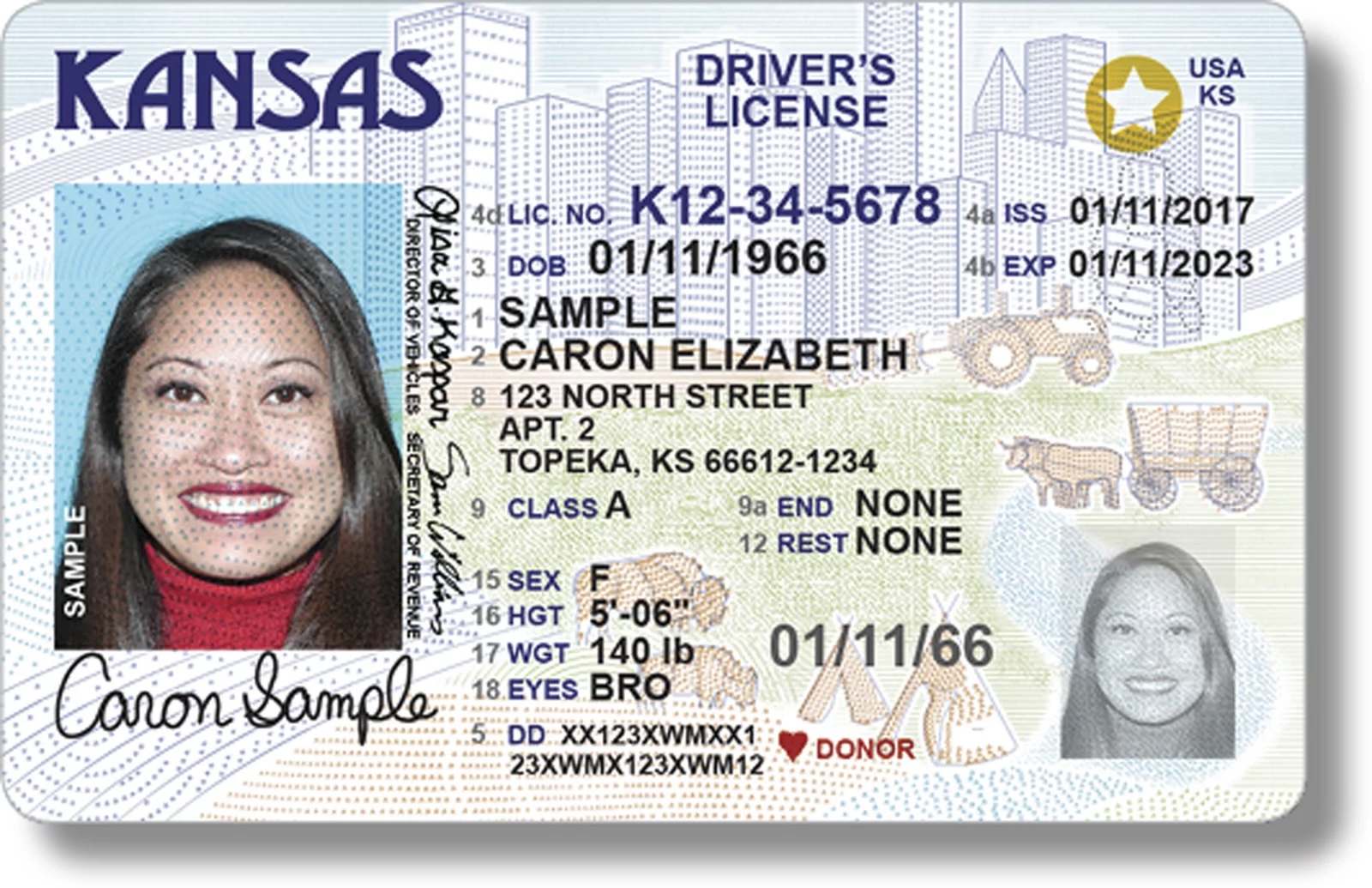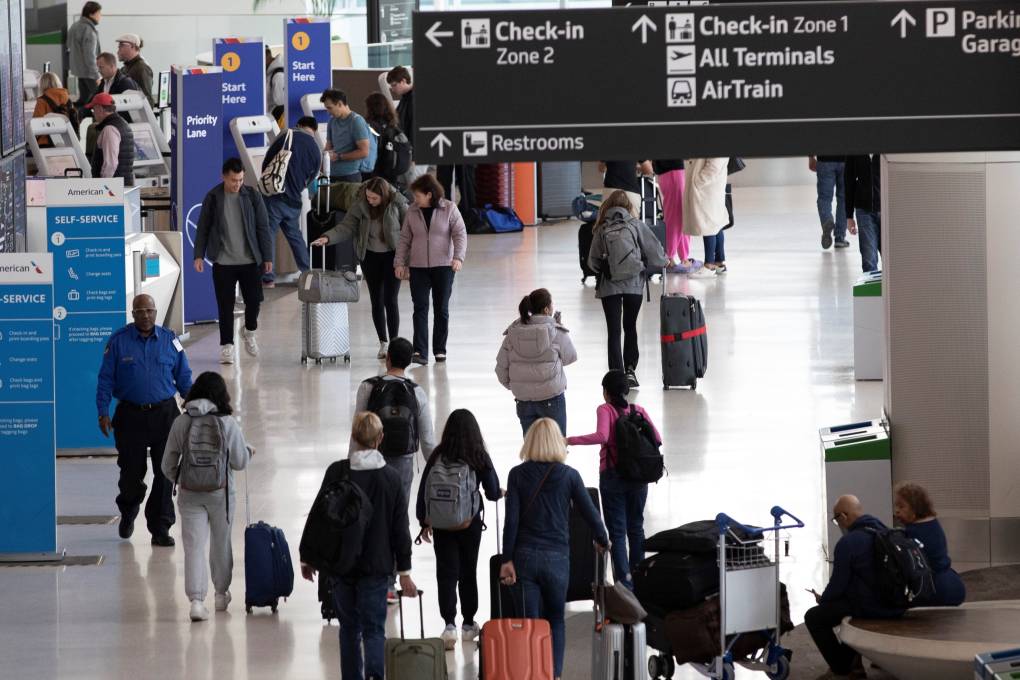But the TSA has said it plans to begin “phased enforcement” on May 7, though it hasn’t shared details about what that means. In a federal rule published this year, the agency said it could take a “phased approach” to enforcement over two years, with the ability to issue warnings to people without Real IDs to avoid “a serious risk of operational disruption, negative public impact, and potential security vulnerabilities.”
Another TSA spokesperson told member station KUT that security officers may subject travelers with non-Real ID licenses to extra screening measures.
Potter, the travel editor, said he thinks the TSA and the federal government are “trying to find a middle ground of telling people that Real ID is happening but giving them some wiggle room to avoid the kinds of mass disruptions that nobody wants in air travel.”
How do I get a Real ID?
First, check to see whether you’ve got a Real ID already. Your driver’s license or ID card is compliant with the new rules if it has one of these star markings in one of its top corners.
Otherwise, you should check with the motor vehicle agency in your state to find out how to get a Real ID.
According to the Department of Homeland Security, you’ll need to provide documentation showing your full legal name, date of birth, Social Security number and lawful status, as well as two proofs of address.
But federal officials say to double-check with your state to find out exactly what documents are necessary and whether your state goes beyond the minimum federal Real ID requirements.
The fast-approaching deadline has led to a surge of applications at state DMVs from Oregon to Pennsylvania as people rush to get compliant licenses.
Why is all this happening, anyway?
The Real ID Act was signed into law in 2005 after the 9/11 Commission warned that it was too easy to obtain a driver’s license in the United States.
But there have been hurdles in getting all 50 states and U.S. territories to adopt the new requirements and begin issuing Real IDs, something the federal government estimated in 2007 would cost states $11 billion to implement. More recently, issues stemming from the COVID-19 pandemic have caused additional delays.
It wasn’t until 2020 — 15 years after the Real ID Act became law — that all 50 states became compliant with its licensing requirements.
In addition to airports, people entering certain other federal facilities and nuclear power plants will also be required to present a Real ID, the Department of Homeland Security, said.


